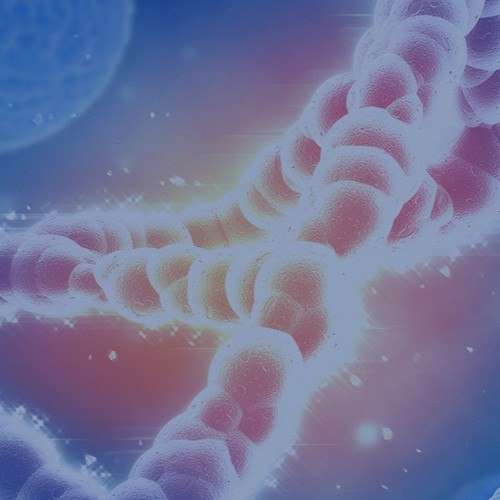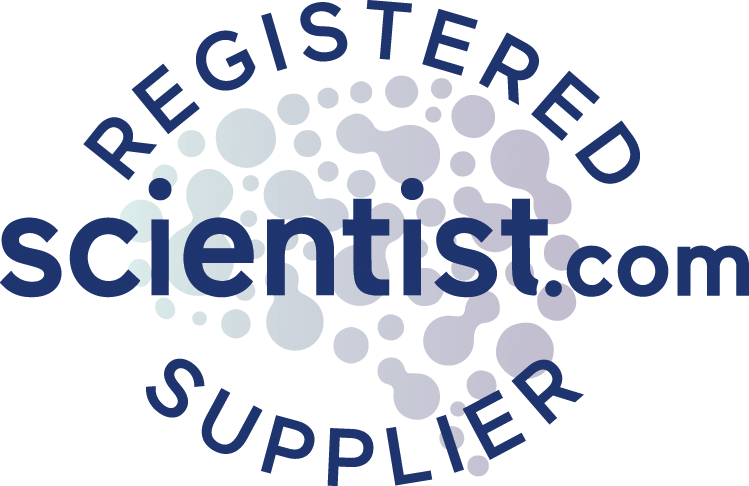IL-27 belongs to the IL-12 family and is mainly produced by antigen-presenting cells such as dendritic cells and macrophages in response to microbial or other immune stimuli. Its receptor is widely distributed in various immune cells. The IL-27 signal is transmitted through the cell via the heterodimer receptor IL-27R, which consists of WSX-1 and gp130 subunits. WSX-1 and gp130 are expressed on various cells including T cells, NK cells, B cells, and myeloid cells.
The IL-27/IL-27R signaling enhances multiple Jak family signals and activates transcription factors STAT1 and STAT3 to exert biological activity. As a member of the interleukin family, IL-27 possesses dual properties of promoting and inhibiting inflammation. In early stages of T lymphocyte proliferation and differentiation, IL-27 promotes the differentiation of CD4+ T cells into Th1 regulatory T cells and can synergize with IL-22 to induce the production of IFN-γ, while also increasing the expression of various inflammatory cytokines such as IL-21, 12, 18, and IFN in monocytes, contributing to inflammation. IL-27 inhibits the normal development of Th17 and regulatory T cells and induces the production of IL-10 by Tr1 cells, exerting an anti-inflammatory effect.
















